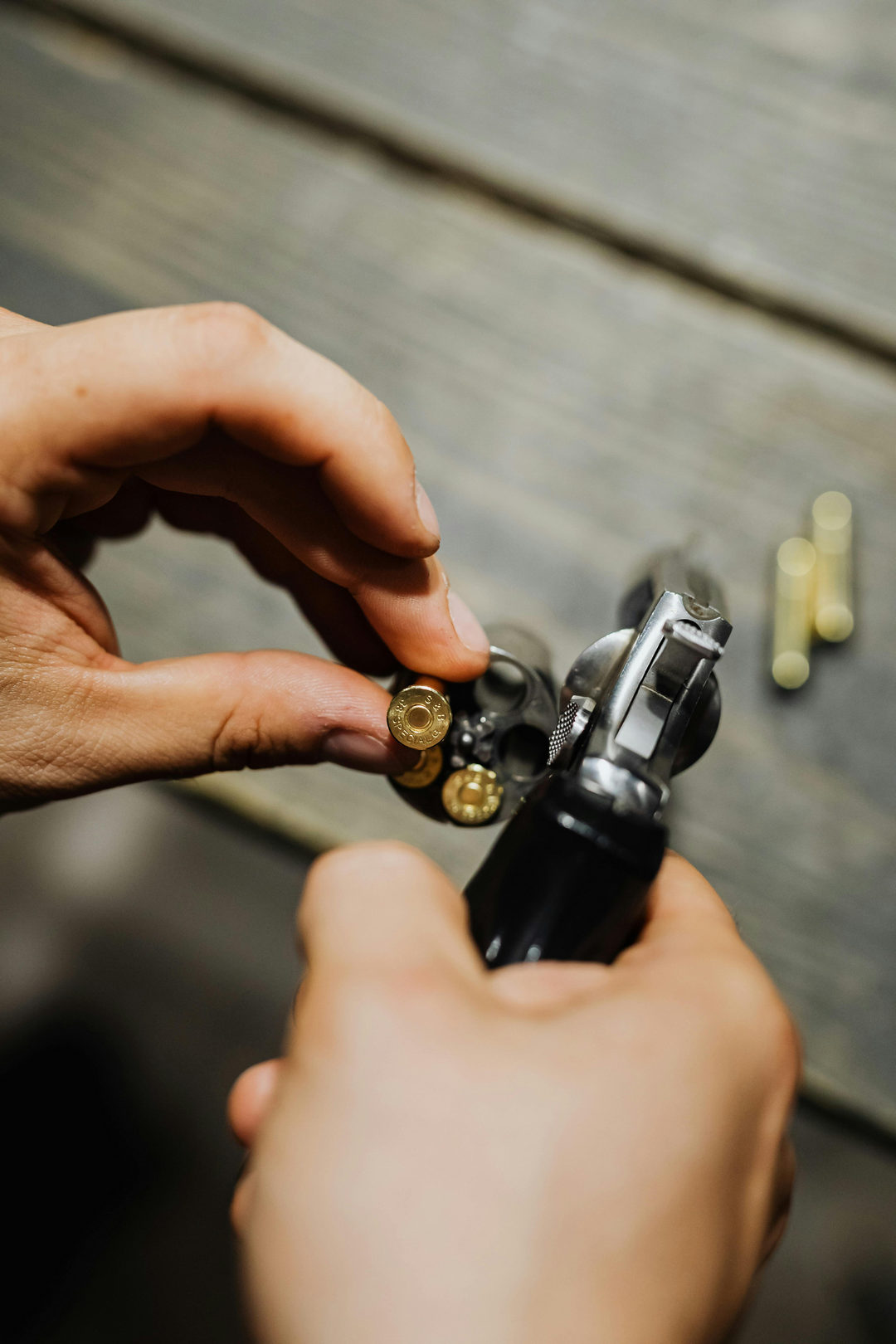


Gun violence in the United States remains a pressing and multifaceted issue. With frequent headlines of mass shootings, high rates of firearm-related deaths, and a polarizing national debate on gun control, understanding the roots and dynamics of this issue is critical. From historical legacies and gun laws to the influence of popular culture and socioeconomic factors, this blog explores why gun violence persists in the U.S., delves into its underlying causes, and compares it with other countries.
The roots of gun ownership in the U.S. date back to the country’s founding. The Second Amendment to the U.S. Constitution, ratified in 1791, grants the right to bear arms, a reflection of a time when firearms were necessary for self-defense and national security. Throughout history, the gun culture has evolved, becoming deeply embedded in American identity.
For many Americans, firearms symbolize freedom, self-reliance, and protection against tyranny. In contrast, countries like Japan and Australia have stricter historical controls over firearms, with guns historically being seen as tools of the state or restricted in civilian hands. This divergence has led to a fundamental difference in how societies perceive firearms.
The U.S. has some of the most permissive gun laws in the developed world, with wide variations across states. While federal laws regulate certain aspects like background checks through licensed dealers, loopholes—such as private sales and gun shows—often allow firearms to change hands without scrutiny. In addition, the National Rifle Association (NRA) and other gun-rights advocacy groups wield significant political influence, shaping legislation and public opinion around gun ownership.
Australia, in contrast, enacted stringent gun reforms following the 1996 Port Arthur massacre, leading to a dramatic decline in firearm-related deaths. The country’s buyback program and strict licensing requirements stand in stark contrast to the U.S. Canada also requires background checks and permits for gun owners, limiting access.
Gun violence in the U.S. is influenced by a complex mix of social and economic factors, including poverty, systemic inequalities, and a lack of adequate mental health services. High poverty rates in certain urban areas correlate with increased gun violence, as limited economic opportunities and systemic disinvestment create environments where crime can flourish.
Countries with lower rates of gun violence, such as Norway or the Netherlands, typically have strong social safety nets and lower rates of income inequality. Comprehensive healthcare, including mental health services, further contributes to lower levels of violence in these nations.
Mass shootings—often the most visible aspect of gun violence—have become a tragic hallmark of American life. These incidents are sometimes linked to the availability of high-capacity firearms and a “copycat” effect fueled by media coverage.
In contrast, European countries with strict firearm regulations rarely experience mass shootings. For example, Germany has restrictive gun laws, which require background checks, psychological testing, and limits on certain types of firearms. These restrictions have helped to prevent incidents on the scale frequently seen in the U.S.
American popular culture, including movies, video games, and media, has often been scrutinized for its portrayal of violence. While research on the direct link between violent media and real-world violence is mixed, concerns persist that exposure to graphic violence in films and games can desensitize individuals, especially young people, to the consequences of real violence.
Many other countries consume similar media but have significantly lower rates of gun violence. For instance, Japan and South Korea have thriving gaming industries, yet their gun violence rates remain low due to strict gun control laws, stringent access to firearms, and different cultural attitudes towards violence and conflict resolution.
Efforts to reduce gun violence in the U.S. often focus on preventative measures such as community intervention programs, gun safety education, and investments in youth programs. Schools also conduct regular “active shooter drills,” which reflect the grim reality of the threat of gun violence in educational institutions.
In comparison, schools in countries like Finland and New Zealand focus heavily on mental health and counseling, aiming to identify and support students who may be at risk of self-harm or violence. Additionally, these countries have strict gun laws that limit the presence of firearms in public life, reducing the likelihood of gun-related incidents.
Reducing gun violence in the U.S. requires a multifaceted approach that goes beyond legislation. Community programs, mental health services, education reform, and public discourse all play crucial roles. Learning from other countries’ success stories offers valuable lessons, though uniquely American factors like gun culture and political divisions complicate direct comparisons.
Gun violence in the United States remains a deeply complex issue rooted in historical, cultural, and socio-economic factors. While other countries demonstrate that reducing gun violence is possible through comprehensive laws and social reforms, any solution in the U.S. must grapple with the unique realities of American society. Addressing gun violence calls for meaningful dialogue, community involvement, and an earnest effort to bridge the divides that fuel this persistent crisis.